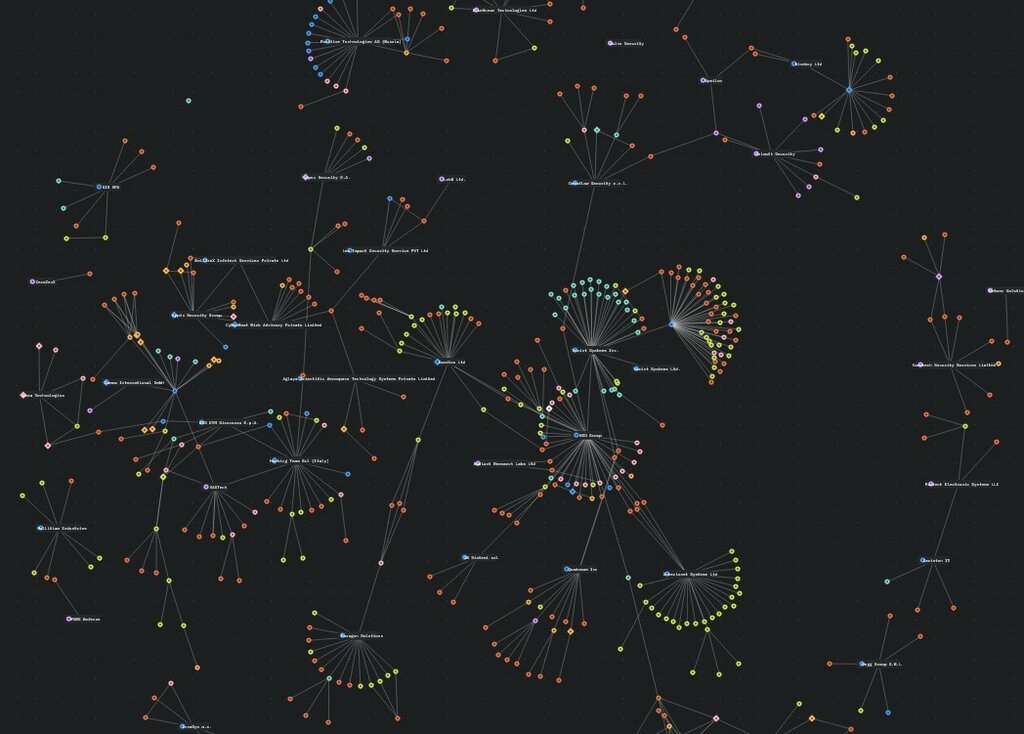The number of births in England and Wales rose last year for the first time since 2021, driven partly by a notable surge in babies born to fathers aged 60 and over. Some 594,677 live births were registered in 2024, marking a 0.6% increase from 591,072 in 2023.
Despite this uptick, births remain at historically low levels, with 2024 ranking as the third lowest total since 1977. The small rise has temporarily halted the broad downwards trend seen in recent years, according to the Office for National Statistics (ONS).
Regional variations emerge
The increase was not reflected across all parts of England, with five regions experiencing year-on-year falls. The North East saw the steepest decline at 1.4%, while Wales recorded a 2.0% drop in births.
The West Midlands posted the largest jump at 3.4%, followed by London with a 1.8% increase. England overall saw a 0.7% rise in live births, contrasting sharply with Wales's decline.
Older fathers drive growth
A "notable increase" in live births to fathers aged 60 and over helped fuel the overall rise, the ONS said. The number jumped by 14%, from 942 births in 2023 to 1,076 in 2024.
This trend contrasts with falling birth rates among younger parents, continuing a long-term pattern that has seen the average age of parents rise steadily for five decades. Babies born to mothers under 20 dropped by 4.6% year-on-year, with a 2.4% fall for those aged 20 to 24.
Demographic shifts continue
Births to fathers under 20 fell by 0.5%, while those aged 20 to 24 declined by 3.2%. The number of mothers aged 35-39 grew the most, reflecting the ongoing trend of delayed parenthood.
Greg Ceely, ONS head of population health monitoring, said the 2024 figures "reverse the recent trend of declining births, recording the first increase seen since 2021". He noted that around half of live births continue to occur within marriage or civil partnership, with an ongoing increase in births to non-UK-born mothers.
(PA) Note: This article has been edited with the help of Artificial Intelligence.










